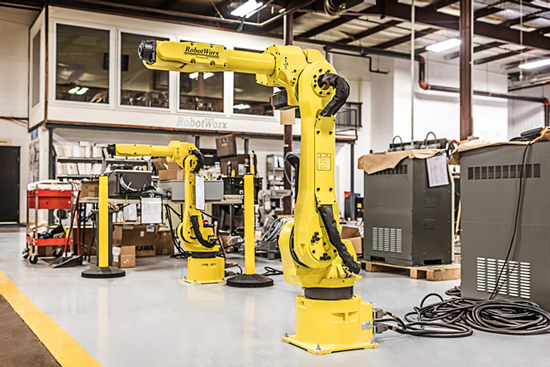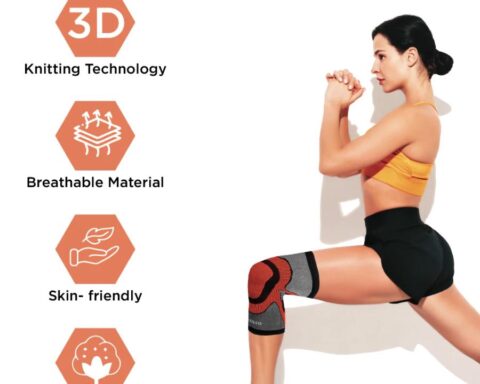In the contemporary manufacturing landscape, automation is not merely a trend but a necessity for competitiveness and sustainability. At the heart of this automation revolution lies factory robot arms’ versatile and transformative technology. These mechanical marvels are reshaping the production landscape, offering unparalleled efficiency, precision, and adaptability across various industries.
Understanding Factory Robot Arms
Factory robot arms, or industrial robots, are programmable mechanical devices designed to perform various tasks in manufacturing environments. These tasks include but are not limited to assembly, welding, material handling, painting, and quality control.
Evolution in Manufacturing
The evolution of factory robot arms traces back to the early 20th century, with the introduction of simple mechanical manipulators. Over time, electronics, sensors, and computing advancements have propelled the development of more sophisticated and versatile robot arms.
Key Components and Technologies
Modern factory robot arms comprise several essential components, including robotic arms, end-effectors (tools attached to the arms), sensors, actuators, and controllers. Integrating advanced technologies such as artificial intelligence, machine learning, and computer vision enhances the capabilities and adaptability of these robotic systems.
Versatility in Production Processes
One of the most significant advantages of the factory robot arm is its versatility in production processes. These machines can be easily programmed and reprogrammed to perform diverse tasks, making them ideal for flexible manufacturing systems. This adaptability allows industries to quickly switch between different products and efficiently respond to changing market demands.
Assembly Line Automation
One of the primary applications of factory robot arms is assembly line automation. Robot arms excel in repetitive and precise tasks, such as assembling components in automotive manufacturing or electronic device production.
Material Handling and Logistics
Robot arms are crucial in material handling and logistics within manufacturing facilities. They can efficiently transport raw materials, work-in-progress items, and finished products, optimizing workflow and reducing manual labor requirements.
Quality Control and Inspection
Incorporating sensors and vision systems, robot arms enable high-speed and accurate quality control and inspection processes. They can detect defects, measure dimensions, and ensure product conformity, enhancing overall product quality and reducing waste.
Customization and Flexibility
One of the standout features of factory robot arms is their adaptability to diverse production environments and tasks. With the ability to be reprogrammed and reconfigured, robot arms offer manufacturers the flexibility to adapt to changing production demands and accommodate product customization.
Industry Applications
By offering unmatched versatility and efficiency, factory robot arms are becoming increasingly prevalent in various industries. Some notable applications include automotive manufacturing, electronics production, food processing, pharmaceuticals, and consumer goods.
Automotive Industry
In the automotive sector, robot arms are ubiquitous in tasks ranging from welding and painting car bodies to assembling complex components like engines and transmissions.
Electronics Sector
In electronics manufacturing, robot arms are instrumental in handling delicate components, soldering circuit boards, and packaging finished products with precision and efficiency.
Food and Beverage Industry
Robot arms are increasingly utilized in food processing and packaging operations, ensuring food safety, hygiene, and compliance with stringent quality standards.
Pharmaceuticals and Healthcare
In pharmaceutical manufacturing, robot arms play a vital role in dispensing medications, filling vials, and assembling medical devices, contributing to precision and consistency in production processes.
Advantages and Challenges
While the potential of factory robot arms in transforming production processes is undeniable, some challenges hinder their widespread adoption.
Advantages of Using Robot Arms
● Increased efficiency and productivity due to automation of repetitive tasks.
● Enhanced workplace safety by reducing the risk of injuries associated with manual labor.
● Consistency and precision in manufacturing, leading to improved product quality and customer satisfaction.
Challenges and Considerations
● Initial investment and integration costs can be substantial, requiring careful financial planning.
● Workforce training and skill development are essential to operate and maintain robot arm systems effectively.
● Ongoing maintenance and technical support are necessary to ensure optimal performance and longevity of robot arm installations.
Future Trends and Innovations
We can expect even more sophisticated and intelligent factory robot arms as technology advances. Some of the emerging trends and innovations include:
Emerging Technologies
The future of factory robot arms is shaped by emerging technologies such as collaborative robotics, which enable humans and robots to work together safely and efficiently.
Integration of AI and Machine Learning
Advancements in artificial intelligence and machine learning are poised to enhance the capabilities of robot arms, enabling them to adapt to dynamic production environments and learn from experience.
Predictions for the Future
Industry experts predict a continued rise in the adoption of factory robot arms across diverse sectors, driven by the pursuit of greater efficiency, flexibility, and competitiveness in the global marketplace.
Conclusion
In conclusion, the future of production is intricately linked to the versatility and transformative potential of factory robot arms. As technology continues to evolve and industries embrace automation, robot arms will play an increasingly central role in shaping the manufacturing landscape, driving innovation, and delivering sustainable growth in the years to come. Embracing this technology represents an investment in efficiency and a commitment to the future of manufacturing excellence.






